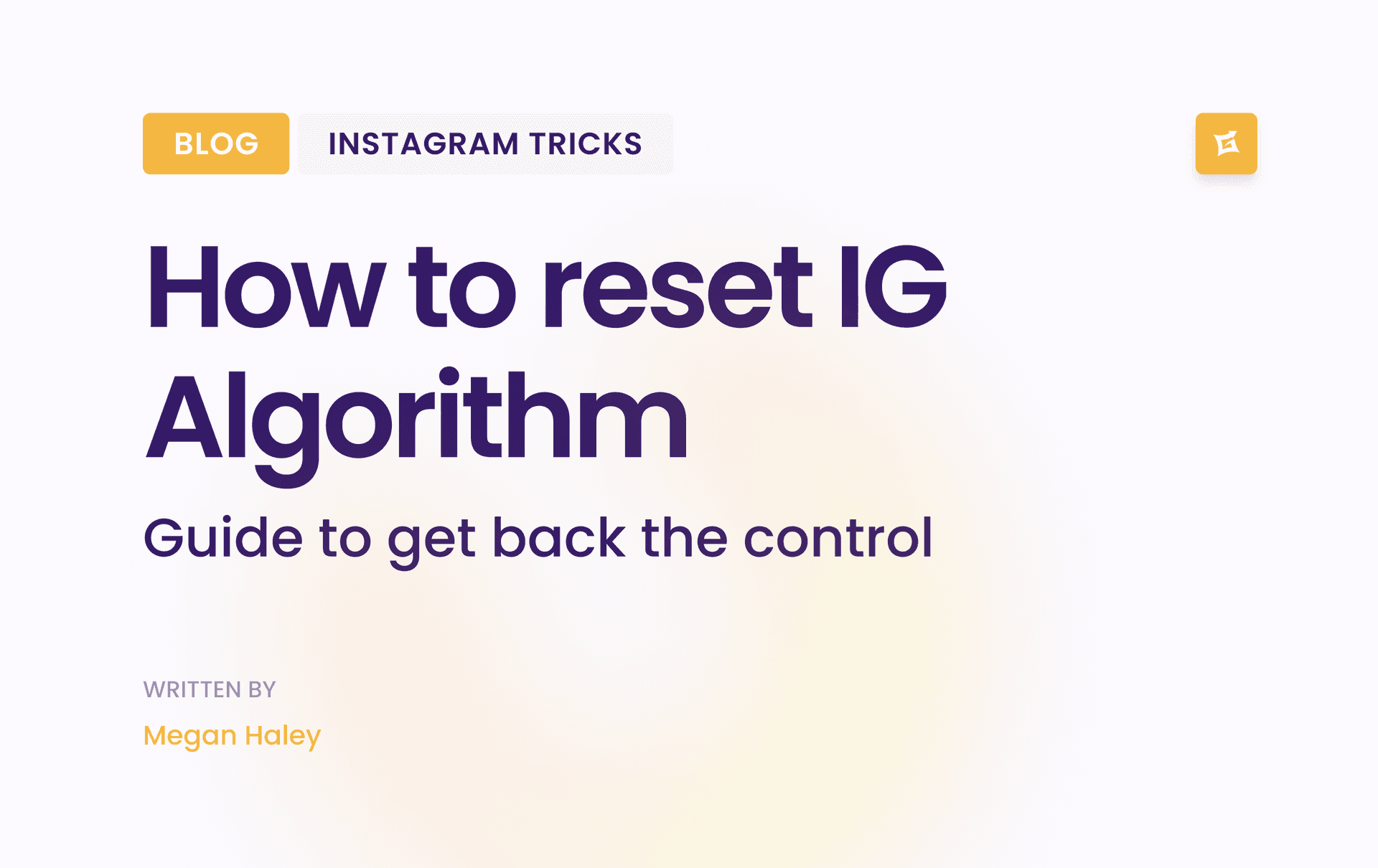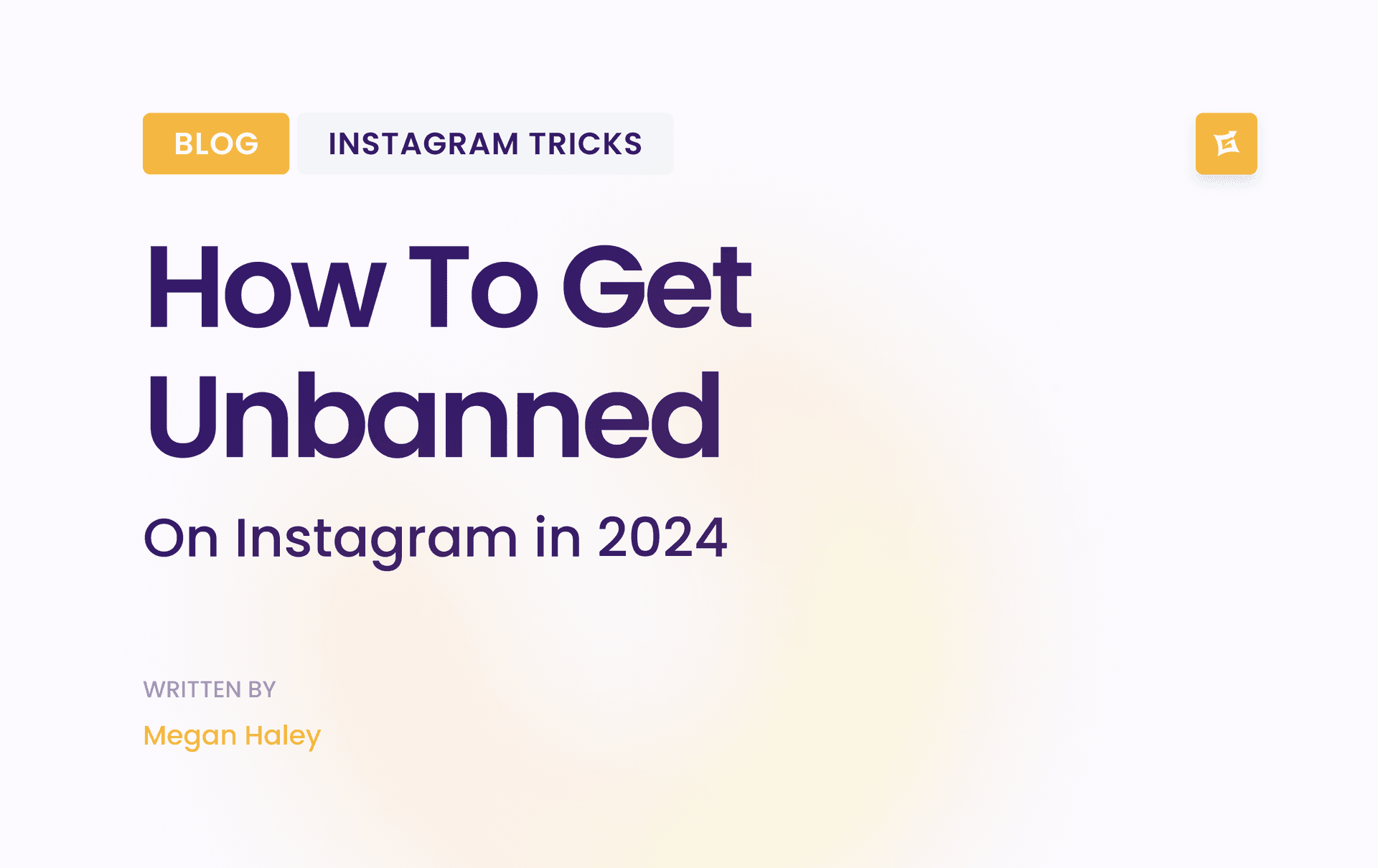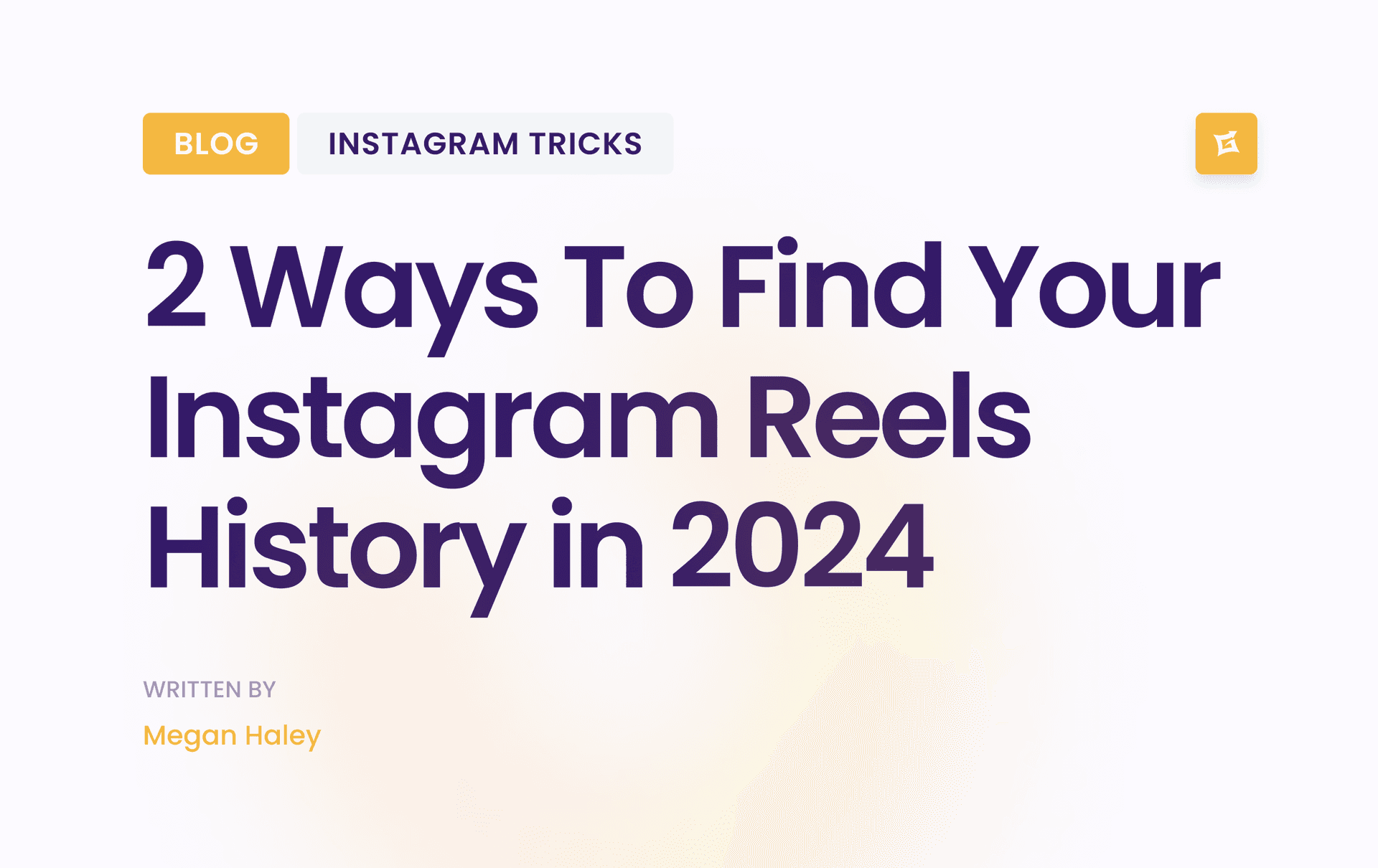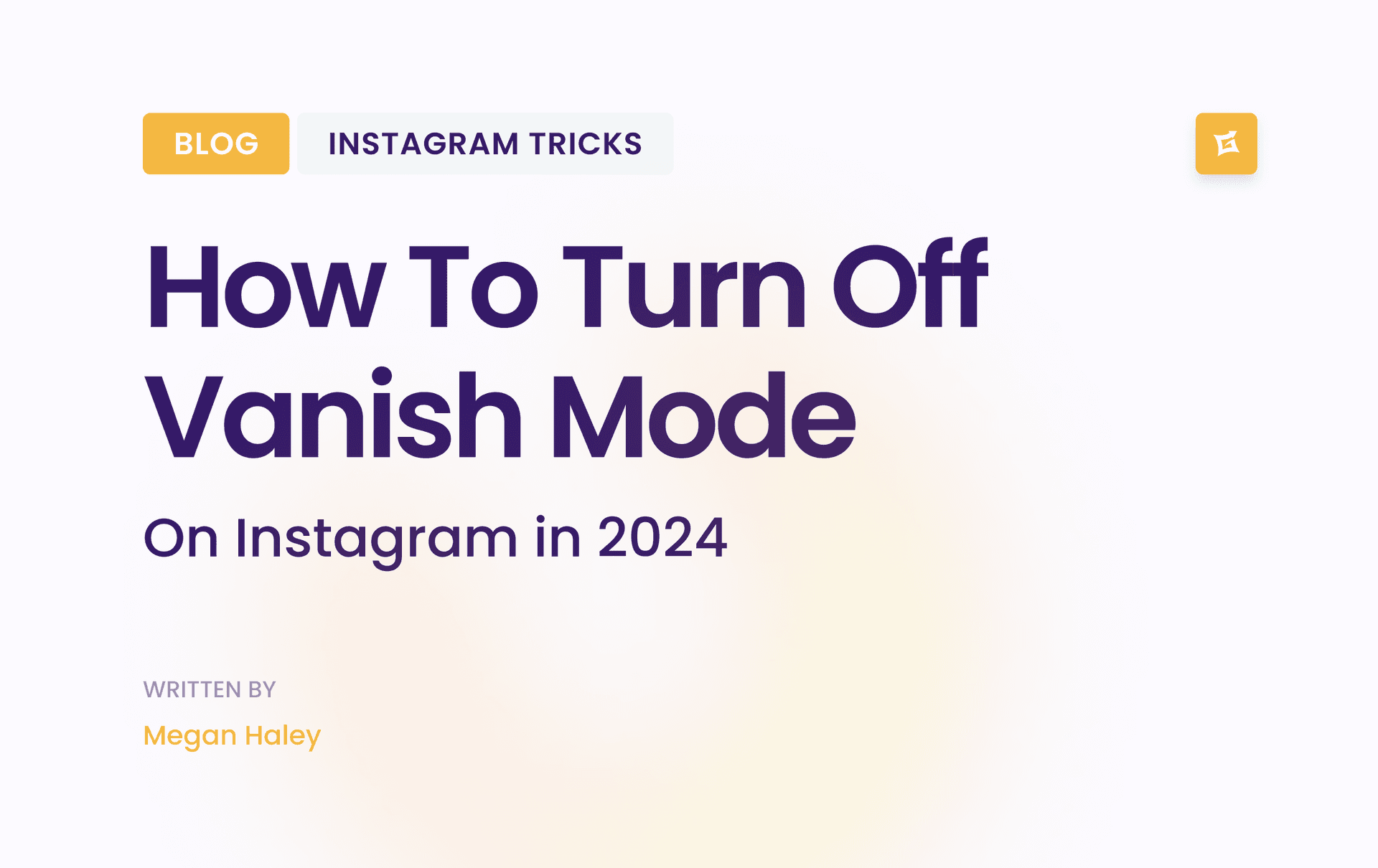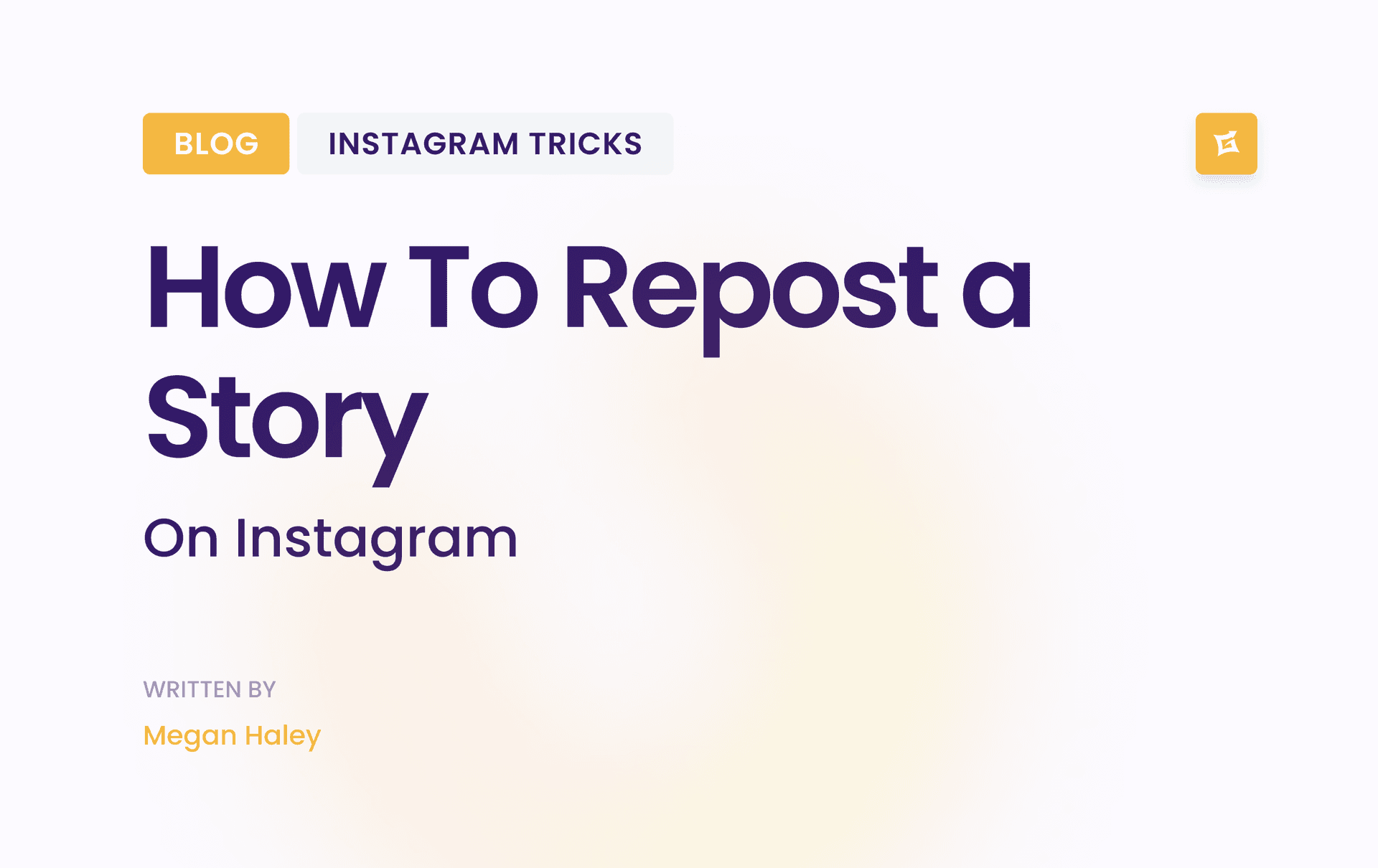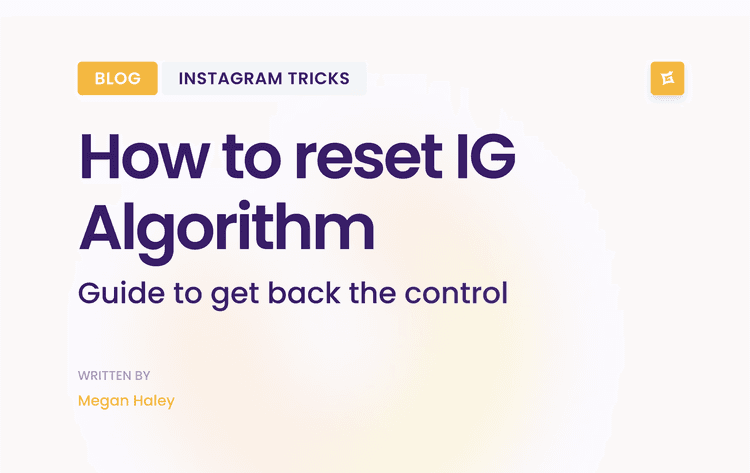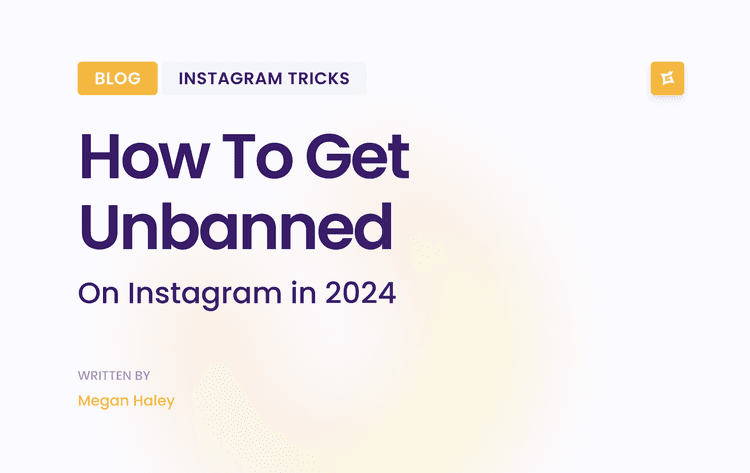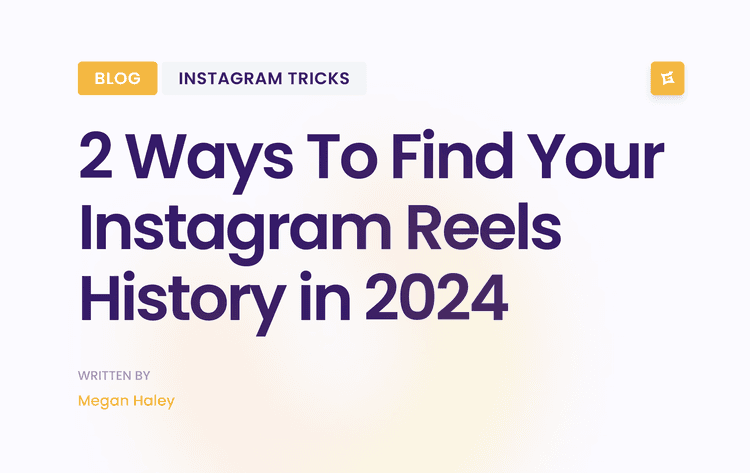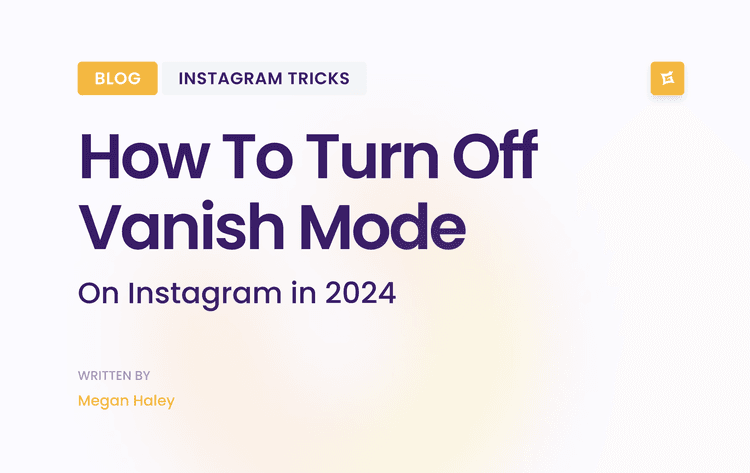Beyond the Basics: Your Blueprint for Social Media Mastery
1. Create a Comprehensive Content Calendar
One of the most foundational social media management tips is to move from reactive posting to proactive planning with a comprehensive content calendar. This tool is your strategic blueprint, helping you organize, schedule, and manage posts across multiple platforms. It provides a clear visual overview of your content strategy, ensuring consistency and aligning your social media activities with overarching business goals, seasonal trends, and marketing campaigns.

How to Implement a Content Calendar
Implementing a calendar transforms your workflow from chaotic to controlled. Brands like Microsoft and Shopify leverage the calendar features in tools like Sprout Social to maintain a cohesive and powerful online forum.
Plan Ahead: Aim to have your content planned, created, and approved at least 2-4 weeks in advance. This avoids last-minute rushes and maintains high-quality output.
Map Key Dates: Integrate important dates such as public holidays, industry events, and internal product launches to create timely and relevant posts.
Leave Room for Spontaneity: Intentionally leave about 20% of your calendar open. This buffer allows you to jump on trending topics, share user-generated content, or address current events authentically.
Color-Code for Clarity: Assign different colors to content pillars (e.g., blue for educational, green for promotional, yellow for community-focused) for a quick visual overview of your content balance.
Optimize Timing: Schedule posts for times when your audience is most active. Use platform analytics to identify these peak engagement windows for maximum reach.
For a deeper dive into building your schedule, you can explore our ultimate guide to creating a social media content calendar.
2. Maintain Consistent Brand Voice and Visual Identity
Effective social media management tips always emphasize consistency. Maintaining a uniform brand voice and visual identity across all platforms is crucial for building a memorable and trustworthy identity. This practice involves aligning your messaging, tone, and aesthetics to create a cohesive brand experience. Whether a user finds you on Instagram, X (formerly Twitter), or LinkedIn, they should instantly recognize your brand's personality, which fosters deeper connection and loyalty.

How to Maintain Brand Consistency
Global brands like Apple and Coca-Cola master this by presenting a unified, instantly recognizable front. They achieve this through meticulous planning and adherence to strict internal standards.
Create a Guidelines Document: Develop a detailed brand style guide that outlines your mission, tone of voice (e.g., witty, professional, inspirational), color palette, typography, and logo usage.
Develop Content Templates: Design platform-specific templates for graphics and videos. To efficiently organize these assets and ensure they are used correctly for scheduled posts, many brands rely on a social media calendar template.
Use Consistent Visuals: Apply the same filters, editing styles, and visual treatments to all your images and videos. This creates a visually appealing and cohesive feed.
Train Your Team: Ensure every person managing your social media, from copywriters to designers, is thoroughly trained on your brand guidelines to prevent inconsistencies.
Conduct Regular Audits: Periodically review your social media profiles to check for any content that deviates from your established brand identity and correct it.
For a comprehensive look at this process, explore our guide on creating powerful social media brand guidelines.
3. Actively Engage with Your Audience
Effective social media is a two-way conversation, not a one-way broadcast. One of the most critical social media management tips is to actively engage with your audience by responding to comments, messages, and mentions. This practice changes your social channels from simple marketing outlets into vibrant, relationship-building platforms. It fosters a strong sense of community, builds customer loyalty, and provides invaluable, direct feedback on your brand and products.

How to Implement Active Engagement
Moving from passive posting to active engagement requires a commitment to conversation. Brands like Wendy's, famous for its witty Twitter retorts, and Glossier, which built a cult following by nurturing its Instagram community, prove the power of this approach. This strategy, championed by experts like Gary Vaynerchuk, emphasizes authentic interaction to build real connections and brand advocates.
Respond Promptly and Personally: Aim to answer comments and DMs within a few hours during business hours. Use the person's name and avoid generic, canned responses to show you are genuinely listening.
Ask Open-Ended Questions: Don't just talk at your audience, talk with them. End your captions with questions that encourage participation and spark meaningful discussions.
Acknowledge User-Generated Content (UGC): When a customer tags your brand in a post, acknowledge it with a like, comment, or even a re-share (with permission). This validates your audience and provides powerful social proof.
Use Social Listening: Go beyond your notifications. Use tools to monitor untagged brand mentions and relevant keywords to find and participate in wider conversations about your industry.
Establish Community Guidelines: Create and pin clear guidelines for interaction. This helps foster a safe and respectful environment, making your page a welcoming place for discussion.
4. Leverage Analytics and Data-Driven Decision Making
Effective social media management moves beyond intuition and relies on hard data. Leveraging analytics involves collecting, analyzing, and interpreting data to understand content performance, audience behavior, and campaign effectiveness. This data-driven approach, a cornerstone of modern social media management tips, changes your strategy from guesswork into a precise, results-oriented operation that directly impacts your bottom line.

How to Leverage Social Media Analytics
Putting data into practice allows you to refine your content and maximize return on investment. Brands like Spotify, its "Wrapped" campaign, and Airbnb's booking-focused content strategy are prime examples of using analytics to create a massive impact.
Focus on Business-Aligned Metrics: Move beyond vanity metrics like simple likes. Instead, track metrics that align with your business objectives, such as click-through rates, conversion rates, and cost per acquisition.
Establish a Review Cadence: Don't let data gather dust. Review your analytics weekly to spot trends and make minor adjustments. Conduct a deeper dive monthly to inform broader strategic shifts.
Utilize UTM Tracking: Set up Google Analytics with UTM parameters for all your social media links. This allows you to accurately attribute website traffic and conversions to specific platforms and campaigns.
A/B Test Continuously: Systematically test different content formats, headlines, posting times, and calls-to-action. To foster a thriving online community, it's crucial to understand how to effectively increase social media engagement through these data-backed experiments.
Create Clear Reports: Develop a simple monthly report to share with stakeholders. Visualizing key wins and areas for improvement helps demonstrate the value of your social media efforts and secures buy-in for future initiatives.
For a detailed look at a specific platform, explore our complete guide to using Instagram analytics for business growth.
5. Optimize Content for Each Platform's Unique Features
A core principle of advanced social media management tips is to abandon the one-size-fits-all approach. Platform optimization means tailoring your content to fit the unique culture, format, and audience expectations of each social network. Simply cross-posting the same message and creative across all channels dilutes its impact and ignores why users are on that specific platform. Adapting your content ensures it feels native, resonates deeper, and performs better with each platform's algorithm.
How to Optimize Content for Each Platform
This strategy is famously championed by experts like Gary Vaynerchuk and is visible in how major brands operate. For instance, Adobe uses Instagram to showcase stunning user-generated creative work, while on LinkedIn, it shares in-depth articles on industry trends and thought leadership. Each piece of content is right for its context, maximizing engagement by meeting audience expectations.
Adapt Visual Formats: Use square (1:1) or vertical (4:5) images for Instagram feeds, but switch to landscape (16:9) for Twitter and LinkedIn posts to maximize screen real estate on each respective platform.
Match the Platform's Tone: Maintain a professional, industry-focused tone for LinkedIn. On platforms like Instagram and TikTok, adopt a more casual, authentic, and even humorous voice that aligns with the user base.
Leverage Native Features: Go beyond simple posts. Use Instagram Stories Polls, create TikTok Duets or Stitch videos, and utilize LinkedIn Articles to engage with the community in ways they expect on that platform.
Tailor Video Length: Keep videos on TikTok and Instagram Reels short and engaging, ideally under 30 seconds, to align with fast-paced consumption habits. Reserve longer-form video for platforms like YouTube or Facebook Watch.
Write Context-Specific Captions: Craft your copy for the channel. Use relevant, niche hashtags on Instagram, pose engaging questions on Facebook to spark discussion, and deliver concise, impactful statements on Twitter.
6. Implement Strategic Hashtag Research and Usage
Beyond simply appending popular tags, strategic hashtag usage is a critical discipline in social media management. Hashtags function as a powerful discovery tool, categorizing your content and making it searchable for users interested in specific topics. An effective strategy involves researching and implementing a mix of branded, community, niche, and trending hashtags that align perfectly with your content, brand identity, and target audience, significantly boosting reach and engagement.
How to Implement a Strategic Hashtag Approach
A well-executed hashtag strategy can turn a single post into a viral campaign. Brands like Coca-Cola proved this with their #ShareACoke campaign, which generated over 500,000 posts and built immense community engagement. You can use tools like RiteTag or Hashtagify to find and analyze the best options for your content.
Develop a Hashtag Mix: Don't rely solely on high-volume tags. Create a balanced mix of broad industry tags (e.g., #DigitalMarketing), specific niche tags (e.g., #LocalSEOTips), and unique branded tags (e.g., #YourBrandName).
Optimize for Each Platform: Tailor your usage to platform norms. While Instagram thrives on 5-10 relevant hashtags, Twitter (X) performs better with just 1-2 focused tags per post.
Research Before You Post: Always check a hashtag's popularity and context before using it. Ensure it isn’t associated with irrelevant topics or, worse, has been shadowbanned by the platform for misuse.
Create a Branded Hashtag: Encourage community participation by creating a unique hashtag for your brand or campaign, like Nike’s iconic #JustDoIt. This helps you track user-generated content and build a dedicated following.
Analyze and Adjust: Regularly review your post analytics to see which hashtags are driving the most impressions and engagement. This data is key to refining your list and improving one of the most dynamic social media management tips.
7. Curate and Create Diverse, High-Quality Content
A monotonous feed is an engagement killer. One of the most vital social media management tips is to move beyond repetitive posts and embrace content diversification. This strategy involves creating a rich mix of content types, including original posts, curated industry news, user-generated content (UGC), behind-the-scenes glimpses, and educational materials. A varied content stream keeps your audience engaged, provides consistent value, and positions your brand as a comprehensive, authoritative resource in its niche.
How to Implement Content Diversification
Successfully diversifying your content transforms your feed from a sales brochure into a dynamic community hub. Brands like HubSpot master this by blending insightful blog posts, data-rich reports, and fun company culture content, providing value at every touchpoint.
Follow the 80/20 Rule: Dedicate 80% of your content to providing value through education, entertainment, or inspiration. The remaining 20% can be dedicated to direct promotion. This builds trust and prevents audience burnout.
Establish Content Pillars: Define 3-5 core themes or "pillars" that your brand will consistently talk about. This ensures your diverse content remains focused and aligned with your brand identity and expertise.
Repurpose with a Purpose: Don't just create content; multiply it. Turn a single blog post into an infographic, a series of quote graphics, a short video, and a Twitter thread to maximize its reach and appeal to different audience segments.
Encourage and Showcase UGC: Actively encourage your followers to share their experiences with your product or service. Featuring user-generated content is a powerful form of social proof that builds community and authenticity.
Balance Evergreen and Timely Content: Mix timeless, foundational content that remains relevant for months or years with timely posts that tap into current trends, news, or conversations to keep your feed fresh and culturally relevant.
8. Utilize Social Media Management Tools for Efficiency
To scale your social media efforts without sacrificing quality, leveraging a dedicated management tool is essential. These platforms are designed to streamline your entire workflow, acting as a central hub for scheduling content, monitoring conversations, analyzing performance, and collaborating with your team. By consolidating tasks that would otherwise be spread across multiple native apps, these tools save immense time and provide a high-level view of your entire social strategy, making them one of the most impactful social media management tips for any brand.
How to Effectively Use Management Tools
Proper implementation turns a management tool from a simple scheduler into a strategic command center. Brands of all sizes rely on these platforms, from the 160,000+ small businesses using Buffer for simplified scheduling to enterprises like Microsoft that use Sprout Social for complex, multi-channel coordination.
Start with Free Trials: Before committing to a paid plan, test the free versions or trials of different tools like Hootsuite or Later. This allows you to evaluate their interface and features to ensure they align with your team’s specific needs and workflow.
Prioritize Integration: Select a tool that integrates seamlessly with your existing marketing stack, such as your CRM or email marketing platform. This creates a unified system for tracking customer interactions and measuring campaign ROI across channels.
Balance Automation with Authenticity: Use scheduling features to maintain a consistent posting cadence, but dedicate time for real-time engagement. Respond to comments, answer messages, and participate in trending conversations to keep the "social" in social media.
Train Your Team: Ensure every team member is thoroughly trained on the chosen platform. Consistent usage is key for maintaining a unified brand voice, managing approvals efficiently, and leveraging collaborative features effectively.
Regularly Audit Your Tools: Periodically review your tools' ROI and feature utilization. Are you using all the features you're paying for? Is it still the best solution for your evolving needs? This prevents paying for bloated software and ensures continued efficiency.
9. Develop and Execute Crisis Management Strategies
A critical component of any robust list of social media management tips is preparing for the unexpected. Social media crisis management is the process of preparing for, responding to, and recovering from negative events or PR issues that unfold online. This proactive approach involves creating clear protocols to protect your brand's reputation, address legitimate concerns transparently, and maintain audience trust when faced with controversy. It changes a potential brand-damaging event into a manageable situation.
How to Implement Crisis Management
Effective implementation moves your team from a state of panic to one of prepared control. Brands like KFC, which famously used humor to handle a chicken shortage, and Starbucks, which responded comprehensively to a racial bias incident, show that a solid plan is invaluable. Experts like Melissa Agnes have long championed this proactive stance.
Create Crisis Templates: Develop pre-approved messaging and holding statements for potential scenarios. This ensures your initial response is swift, on-brand, and empathetic, buying you crucial time to assess the situation fully.
Establish Escalation Procedures: Clearly define who needs to be notified, who has approval power, and when an issue requires escalation to senior leadership or legal teams. This structured workflow avoids confusion and bottlenecks.
Monitor for Early Detection: Use social listening tools to monitor brand mentions and sentiment 24/7. Social media is often the frontline for crises; for a deeper look at proven strategies, see this article on effective crisis management in social media.
Train Your Spokespeople: Designate and train specific team members on how to communicate during a crisis. They must be able to convey information with clarity, authenticity, and empathy, even when under significant pressure.
Conduct Post-Crisis Analysis: After the situation is resolved, document what happened, how your team responded, and what the outcomes were. Use these key learnings to refine and improve your crisis plan for the future.
9 Key Social Media Management Tips Comparison
Creating a Comprehensive Content Calendar has a medium implementation complexity, requiring moderate tools and collaboration. It leads to consistent posting and strategic planning, is ideal for multi-platform scheduling and team coordination, and helps ensure consistency, reduce stress, and improve teamwork.
Maintaining a Consistent Brand Voice and Visual Identity also has medium complexity with moderate resource needs, like brand documentation and audits. It increases recognition, trust, and loyalty, supports brand cohesion across platforms, and builds credibility while easing content decisions.
Actively engaging with Your Audience involves high complexity and requires significant time and monitoring. It enhances loyalty, reach, and insights, benefits community building and customer interaction, and strengthens relationships while boosting organic reach.
Leveraging Analytics and Data-Driven Decision Making has a medium complexity and calls for moderate skills and tools in analytics. This strategy optimizes strategy and ROI, is great for performance tracking and content optimization, and enables informed decisions and better resource allocation.
Optimizing Content for Each Platform’s Unique Features is highly complex, needing platform-specific content creation and knowledge. It results in maximized engagement and reach, fits well with tailored messaging and native feature leverage, and provides better resonance and improved algorithm performance.
Implementing Strategic Hashtag Research and Usage is of medium complexity, needing low to moderate tools and time. It drives discoverability and engagement, is useful for targeted reach and trending participation, and offers cost-effective reach while boosting engagement.
Curating and Creating Diverse, High-Quality Content is high in complexity, demanding extensive planning and creation time. It fosters an engaged audience and thought leadership, suits a variety in content types and formats, and helps keep interest while expanding audience touchpoints.
Utilizing Social Media Management Tools for Efficiency is low to medium in complexity, requiring moderate subscription and training. It brings time savings and consistent posting, aids in multi-platform management and team collaboration, and supports automation, centralized control, and analytics access.
Developing and Executing Crisis Management Strategies is high in complexity, requiring preparation, training, and team coordination. It aims to minimize damage and ensure faster responses, is best for handling PR crises and negative events, and helps protect reputation and build trust under pressure.
From Strategy to Success: Activating Your Social Growth Engine
Navigating the dynamic landscape of social media requires far more than a disconnected list of tasks. The journey from posting content to building a powerful brand presence is paved with strategy, consistency, and a deep understanding of your audience. As we've detailed, the most effective approach is a holistic one, where every element works in concert to fuel your growth. Think of it as building a high-performance engine for your brand.
Your content calendar is the chassis, providing structure and direction. Your consistent brand voice and visual identity are the sleek, recognizable bodywork. Authentic audience engagement is the fuel, creating the energy and connection needed to move forward. This core system becomes unstoppable when you add powerful upgrades: data analytics as your dashboard, platform-specific optimization as your fine-tuned transmission, and strategic hashtags as your high-traction tires gripping the digital terrain. These are not just social media management tips; they are integral components of a cohesive, self-reinforcing system.
Your Blueprint for Implementation
Abstract knowledge is only powerful when put into action. To change these insights into tangible results, you need a clear plan. Avoid the paralysis of trying to do everything at once and instead adopt a methodical approach.
Step 1: Conduct a Foundational Audit. Begin by critically evaluating your current social media efforts against the pillars we've discussed. Use them as a checklist to identify your most significant weaknesses and your hidden strengths. Are you posting consistently but without a clear brand voice? Are you creating great content but failing to analyze its performance? Honesty here is the first step toward improvement.
Step 2: Prioritize Your Focus. Based on your audit, select two or three key areas to master over the next 90 days. For many, this starts with creating a robust content calendar and defining a rock-solid brand identity. By focusing your energy, you will see meaningful progress that motivates further optimization, rather than feeling overwhelmed by a complete overhaul.
Step 3: Systemize and Automate. Lasting success in social media management is built on efficient, repeatable processes. Leverage social media management tools to schedule posts and analyze data. Create templates for your visual content to ensure consistency. Block specific times in your calendar each day for genuine, proactive audience engagement. Turn these strategic actions into ingrained habits.
By committing to this structured approach, you uplift your social media from a daily chore into your most valuable marketing asset. You stop simply participating in social platforms and start strategically commanding them. This is how you build not just a following, but a loyal and vibrant community that advocates for your brand, drives conversations, and delivers sustainable growth.
For those focused on accelerating their Instagram growth, executing this level of detailed strategy can be a full-time job. This is where a dedicated growth partner becomes invaluable. Gainsty combines expert human strategy with intelligent automation to drive real, organic follower growth, allowing you to focus on what you do best: creating amazing content for your expanding community.


